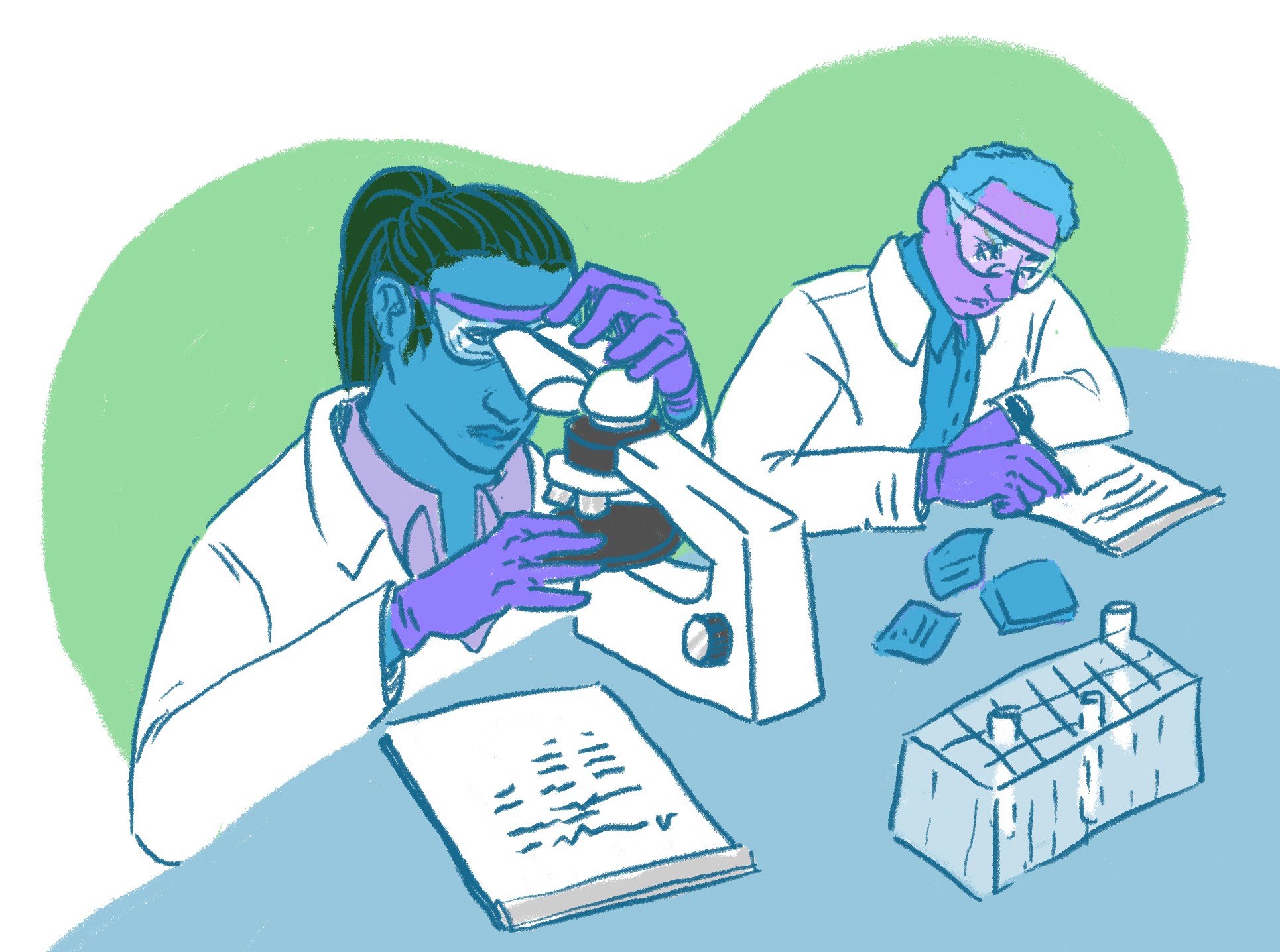State officials are looking to the University of Minnesota’s COVID-19 predictions, influencing public health measures and throwing the school into the spotlight.
Minnesota’s COVID-19 model is a collaboration between the Minnesota Department of Health and the University’s School of Public Health. The modeling predicts multiple outcomes for the state based on factors including social distancing measures, hospital capacity and demographics.
Gov. Tim Walz has cited the model when announcing executive orders, including the state’s stay-at-home policy. The most recent model, which came out May 11, helped inform the state’s gradual reopening.
The May 11 model overestimated the number of deaths in the state by May by around 400, casting some uncertainty onto the predictions.
Eva Enns, an associate professor in the School of Public Health who helped develop the model, said COVID-19 research looks very different from her typical work examining STIs and AIDS. The COVID-19 model also has a widespread impact on almost every aspect of life, Enns said.
“There are only so many situations where, especially as an academic researcher, you’re asked to kind of step in on such short notice,” Enns said.
Stefan Gildemeister, the state’s health economist, works with MDH and University researchers on developing the predictions. Gildemeister said data for some of the state’s initial projections was limited to outcomes of the virus in China, which may have been misrepresented.
Data from Europe and states like New York have provided more comparable data to create Minnesota’s projections. But Gildemeister said it is challenging to model a virus that scientists are still learning about.
“And even at this point, even with more robust information, it’s still a pretty rough abstraction of the real world, and we have to sort of … set expectations around what the model can produce,” Gildemeister said.
Gildemeister said researchers will not know the impact of recent protests following the death of George Floyd until infections can be reported and traced. Unlike other variables, researchers cannot look to other places to know the impact of the mass gatherings.
The most recent model predicted between 1,400 and 2,000 deaths by the end of May under the state’s social distancing guidelines. According to Minnesota’s official data, 1,040 deaths were reported in the state by May 31.
“Every day I get an email that says … ‘How can you live with yourself … your model is 400 cases short in terms of mortality,’” Gildemeister said. “We should view these models not as tools to forecast distinct outcomes but rather [as tools] to give us insight into alternative and intermediate relative impact of alternative solutions.”
Gildemeister acknowledged that certain aspects of the model can be made political, so the team took steps to make its work more transparent, including publishing the model’s RStudio code.
State Sen. Scott Jensen, R-Chaska, has been a vocal critic of the model’s process and impact on the state. Jensen said he would have liked to ask more questions of researchers and officials given the model’s economic impact on the state.
“There was no opportunity to vet or ask questions … within days we were seeing the numbers translate into policy,” he said. “I think the modeling has had a tremendous impact … I think there should have been more skeptics.”
Jensen said he hopes future modeling will help to inform restaurants, which can open to 50% capacity for indoor service on June 10, of when they can fully reopen.
Jensen said, “As a restaurant owner, I’d want a projection for when I’ll be able to go from 50% capacity to 100%.”

















